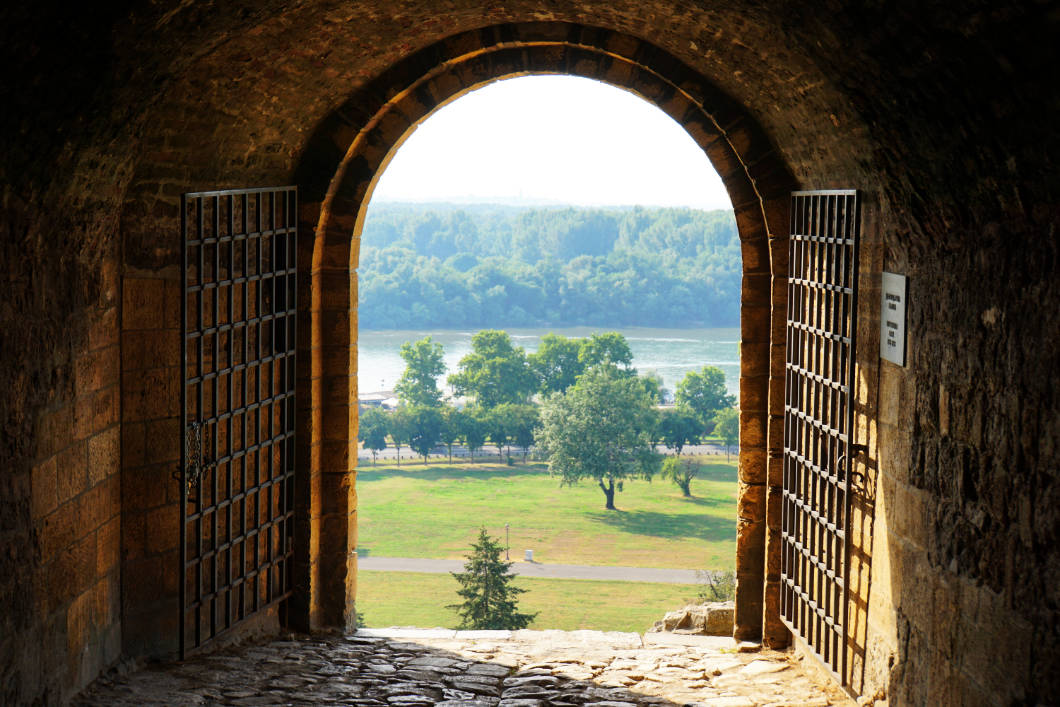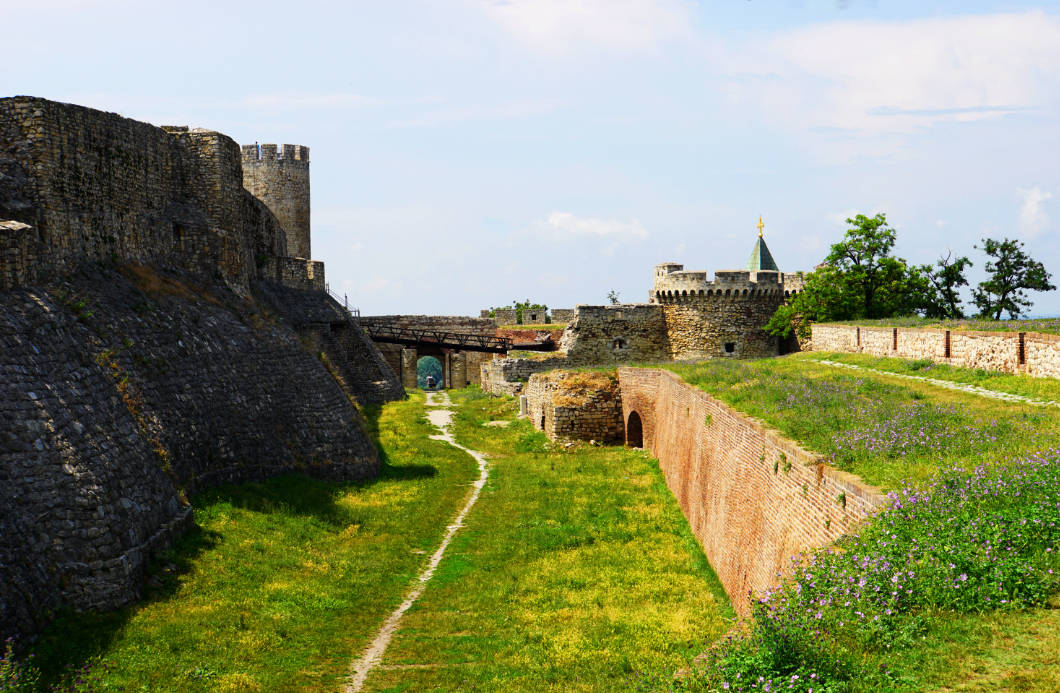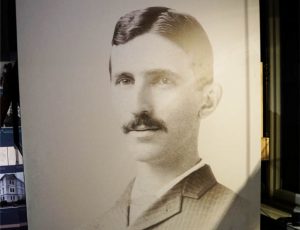We toured Belgrade a lot and got to see many things. Unfortunately, we didn’t get to do everything we had on our list, but we will be back for some more Belgrade fun. Here are some tips and our discoveries from Belgrade:
Fortress and Kalemegdan in Belgrade
One of the main points of interest for tourists in Belgrade is the fortress and Kalemegdan. Something fun is happening here almost all the time and entry is also free!

Kalemegdan
Kalemegdan translates to castle forecourt. Today, it is a beautiful park on the former fortress grounds in Belgrade. The open space was created around 1880 when the area was transformed into a park. Entering the park at the end of the pedestrianised city centre of Belgrade today, one finds oneself in the middle of souvenir shops. The Serbs sell everything in these shops that has the power to excite tourists. They have all the bestsellers, from football shirt to fridge magnet – and there are indeed people who are queuing to buy this stuff!

Luckily, not the entire park is plastered with souvenir shops. After a few meters, the shopping area ends and one enters the quieter park area. Between the trees are many statues of Serbian and Yugoslav personalities. The Serbs sit around the fountain and chat and every now and again even a song can be heard in the park. In one corner of the park is the Belgrade Zoo. Further into the park, across a little drawbridge are the remains of the old fortress of Belgrade.

Belgrade Fortress
The Belgrade Fortress was constructed in the first half of the 15th century. In the 18th century, the facility was enlarged and the modern bastions were built.

The location of the fortress on top of a plateau above the mouths of Sava and Danube is of strategical advantage. The view down into the river valley is good as well as the view of the districts Zemun and Novi Beograd. The upper town of Belgrade connects to the fortress area. The fortress marked one of the most important crossings of major trade routes. An interesting spot that played a key role in many conquests of the city.

Today, most of the still existing walls, gates and towers can be seen in the upper town. Many of the elements of the fortress date back to completely different epochs. The oldest preserved gate, for example, was built in 1405 (Gate of the Despot), the clocktower exists since the first half of the 18th century and the Roman Well was erected between 1717 and 1731.

We started our visit to the fortress on the big deck of the fortress grounds. The view of the Danube and Serva from there is great. It is also where the arguably most famous monument of Belgrade stands – the statue of the Victor (Pobednik). The monument was erected to honour the victory over the Turks during the Balkan Wars.

There is plenty to discover inside the fortress. A multitude of exhibits of the military history museum is placed on the fortress wall. Some basketball and tennis clubs had sports facilities built down in the old moat. Some of the old buildings of the fortress can be visited. As part of a guided tour, we saw the Great Well and the old Powder Magazine.

A leisurely walk around the premises is certainly worthwhile, I think. And reading the info panels will get across many interesting facts about the Belgrade Fortress.

Square of the Republic and Terazije
Terazije is one of the main roads of Belgrade. Countless buses and trams have their stops here and the road sees some pretty heavy traffic. The road, which is some 250 metres long, merges seamlessly into the Square of the Republic. There are a water feature, restaurants and some greenery. On the square is a gigantic equestrian statue of Prince Michael and behind it is the National Museum. At the other end of the road is the Moskva Hotel.

The Moskva Hotel was built in 1908. It was the biggest private building in the Serbian Kingdom and, with ist 50 beds, during these times also the biggest hotel of Belgrade. Even today the building is still used as a hotel and the restaurant terrace was always filled with guests. Whenever we walked past in the afternoon, we were wondering why so many people had stopped by the little fountain in front of the hotel. People stand together in groups of two or three and pass notes or money from one hand to the next. Closer observation revealed that this is a meeting point for selling and swapping trading cards.

The Square of the Republic is a popular meeting point in the city. People meet at the horse (the equestrian statue) and begin their stroll through the pedestrianised area. Shopping fans can find almost everything that their hearts desire. What we liked every time is that in Belgrade you can buy ice cream and popcorn at almost every corner. To me, popcorn is the go-to snack at the movies. But in Belgrade people eat popcorn whilst window shopping.

Don’t forget to look up during the shopping trip every once in a while. Sometimes there are beautiful facades or stylish details to be found above the shop windows.
Skardarlija
Skardarlija is very close to our Air BnB flat. This former bohemian district is now the place to be for members of the street scene of Belgrade.

Slowly but steadily the old huts got replaced with robust little houses that now offer space for craft stores and restaurants. Small, green decks invite to stop for food or drinks. Prices here are a little higher than they are in the side streets (that are equally as pleasant) because the place is almost exclusively frequented by tourists. Check this area out if you’d like to listen to some music and enjoy a beer or a glass of wine!

Monument for the victims of the Sajmište Concentration Camp
An eye-catching monument occupies a spot right at the banks of the Sava. We had to have a closer look. A concentration camp was located in Belgrade, in the area that today is Novi Beograd, during World War II. It is estimated that 40000 people were imprisoned there and about 10000 of them did not survive.

The 10-meter high monument was erected on the former concentration camp grounds of Sajmište in 1995.
Palata Srbije
The building with the biggest footprint in Belgrade is the Palace of Serbia. It is in Novi Beograd. It is around 5500m² in size and after its completion became the seat of the government and the Yugoslav President (1992 – 2003). After that, it became the working space of the foreign and defence ministery and the President of Serbia and Montenegro (2003 – 2006). Since 2006 the building is the property of the Serbian government.

The building is gigantic and hardly fits in a picture. But it would be enough to take a picture of only one half of the building anyway since it is completely symmetrical.









Leave a Reply